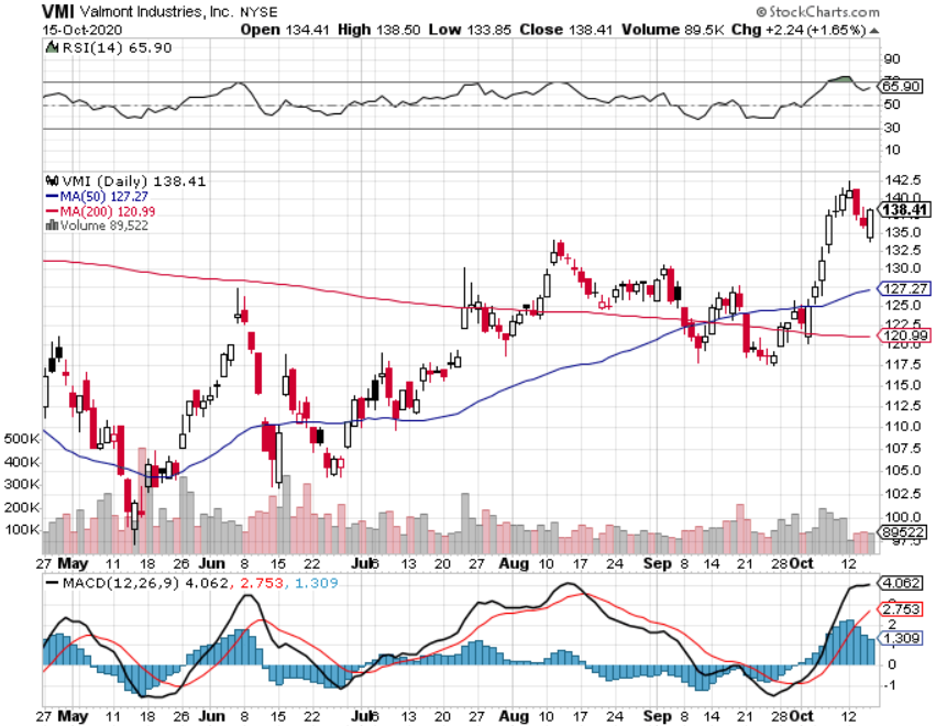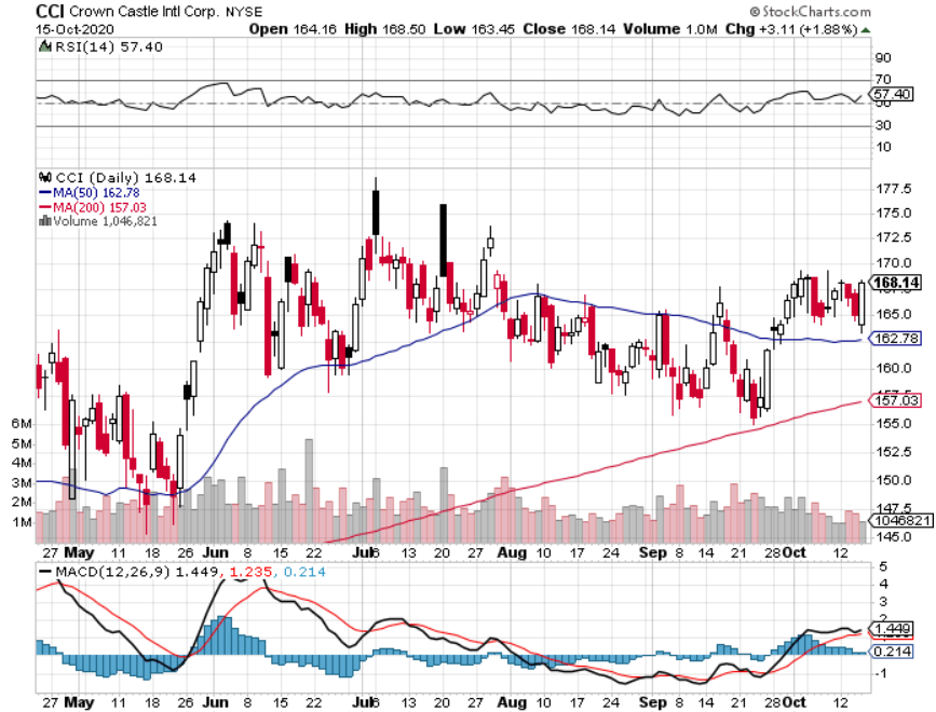Investors who want to green light capital into this sector should consider American Tower (AMT), Crown Castle (CCI), SBA Communications (SBAC), and Uniti Group (UNIT). Cell towers are the largest property sector by market capitalization making up 18% of the broad-based Vanguard Real Estate ETF (VNQ).
Three disruptive developments started before the pandemic will remain influential from the chronic housing shortage to retail apocalypse, and the migration to digital.
The 2020s will supercharge these three trends and tech investors need to scurry into the intersection of seminal trends to profit from the appreciation taking place in the U.S. economy.
As a 10% pullback in cell tower REITs over the last quarter reared its ugly head, offering a rare entry point into this segment of the U.S. tech ecosystem.
Usage of the cell towers has mushroomed throughout the pandemic. Cellular network capacity has been pushed to the limits as businesses, schools, and individuals take their in-person life and migrate it online.
5G is circling in the skies looking for a soft landing. Phone makers are frantically upgrading their device iterations to accommodate an internet speed that is 100X faster than what we have now.
Any company that flubs the 5G smartphone will be left in the dust.
Cell tower REITs will eventually be the focal point of 5G networks, supported by a network of higher-density small cells. High-power macro towers provide the most economical mix of wide coverage and capacity.
Super-fast Wi-Fi speeds will usher in a new era of super apps that will fundamentally disrupt the telecommunications space and deliver cheaper and more efficient apps to the consumer marketplace.
These super apps will make the apps we use now on our phones seem like a waste of time.
Cell tower REITs continue to benefit from favorable competitive positioning within the telecommunication sector. Scant supply and high demand should translate into continued pricing power for cell tower REITs.
Cell tower REITs are the “landlords” to the United States' four nationwide cellular network operators: AT&T (T), Verizon (VZ), T-Mobile (TMUS), and DISH Network (DISH). These three cell tower REITs own roughly 50-80% of the 100-150k investment-grade macro cell towers in the United States. This favorable competitive positioning has given these REITs substantial pricing power over the last decade amid the roll-out of 3G and 4G networks.
5G is the fifth-generation mobile network that powers mobile broadband, promising far-faster speeds and lower latency than the prior iteration.
5G networks require up to 10 times more physical antennas per tower, and cell tower REITs typically negotiate higher revenue per tower after each incremental equipment upgrade.
Cell tower REITs continue to be one of the few remaining growth engines of the REIT sector, and the health crisis has validated the need for additional network investments.
The dearth of cell tower supply - combined with the absolute necessity of these towers for networks - has given REITs substantial pricing power even as the number of potential tenants has dwindled down to just four national carriers over the last two decades.
High barriers to entry through the local permitting process and due to the economics of mass scaling make competition irrelevant.
This is a high-margin business with significant operating leverage driven by adding additional multiple tenants to existing towers.
Cell towers aren’t going away anytime soon and there is nothing to replace it on the horizon.
Another viable infrastructure play would be Landmark Infrastructure Partners (LMRK), an MLP that owns real property interests that underlie cellular towers, rooftop wireless sites, billboards, and wind turbines.
I would throw Valmont Industries, Inc. (VMI), who manufactures communication infrastructure, into the mix as well.




